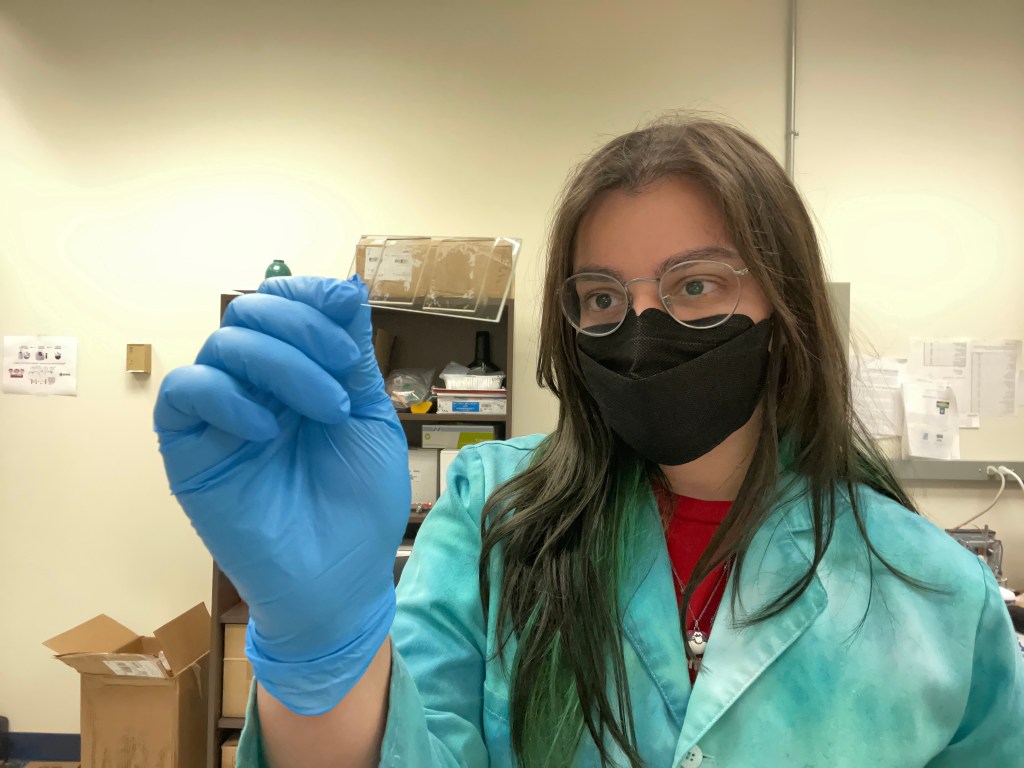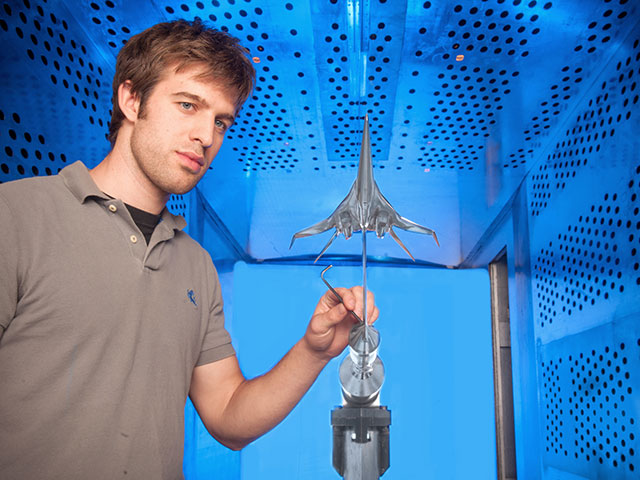Chelsea Appleget
University of Southern California
The future of long-term human spaceflight and deep space exploration hinges on the development of reliable and efficient materials for extreme environments. Within specialized materials, a major challenge is synthesizing optically transparent, low-density materials at the required sizes for practical applications, such as observation windows. NASA exploration, deep space science, and aeronautics missions all have a need for high-performing optical materials that are durable, yet lightweight since mass minimization is imperative on these missions. Specific applications of these optically transparent materials include deployable habitat windows, observation platforms, and shape-changing solar concentrators.
Multilayers are a unique class of thin films and coatings composed of alternating layers of different materials, with layers being anywhere from the nano to macroscale. Multilayers have been shown to possess many desirable properties such as high strength, corrosion resistance, and radiation resistance. The interplay of these layers increases the potential for novel combinations of properties, including transparency and strength. This study seeks to produce highly transparent (>95%) multilayer thin films using metal oxide systems, focusing on optimizing the mechanical and optical properties. Nanostructural features such as special grain boundaries and layer thickness, as well as composition of the films, will be tuned to improve both the wear resistance and transmittance in the UV/Vis/NIR wavelengths.
The first project aim is to select appropriate multilayer systems by simulating experimental metal and metal oxide multilayer system characteristics using a multiple-beam-interface (MBI) recursive method. The second project aim is to synthesize the selected optical multilayer systems by reactive DC magnetron sputtering. The third project aim is to then characterize optical, mechanical, and microstructural properties of multilayer systems. Cyrstalline structure, composition, and film density with be evaluated done using x-ray diffraction, x-ray spectrometry and reflectometry. Optical characterization and mechanical characterization will be evaluated using a UV/Vis spectrophotometer and instrumented indentation, respectively. Extensive microstructural characterization will be performed using TEM and focused ion beam (FIB) microscopy. The end result is 1-2 optical multilayer systems that are fully characterized with respect to density, durability (wear and hardness) and optical performance (transparency and reflectance). These durable, lightweight, optically transparent materials will have advanced to TRL 6 with prototype demonstration in a simulated space environment.
The primary objective of this project is to synthesize and characterize new systems of metal oxide nano-sized multilayers, leveraging nanoscale features to enhance optical properties while improving mechanical performance; resulting in durable, lightweight, yet optically transparent materials. My proposal aims to address the need for clear and colorless space-durable hybrid composites by focusing on processing and synthesis methods of optically transparent multilayers. This research will evaluate the feasibility of using metallic oxide multilayers as a deployable and durable material with high optical performance. This research directly addresses topic 12.1.5.1 (Durable Lightweight Optically Transparent Materials) of the 2015 NASA Technology Roadmap and fulfills needs ranging from immediate to 2033.

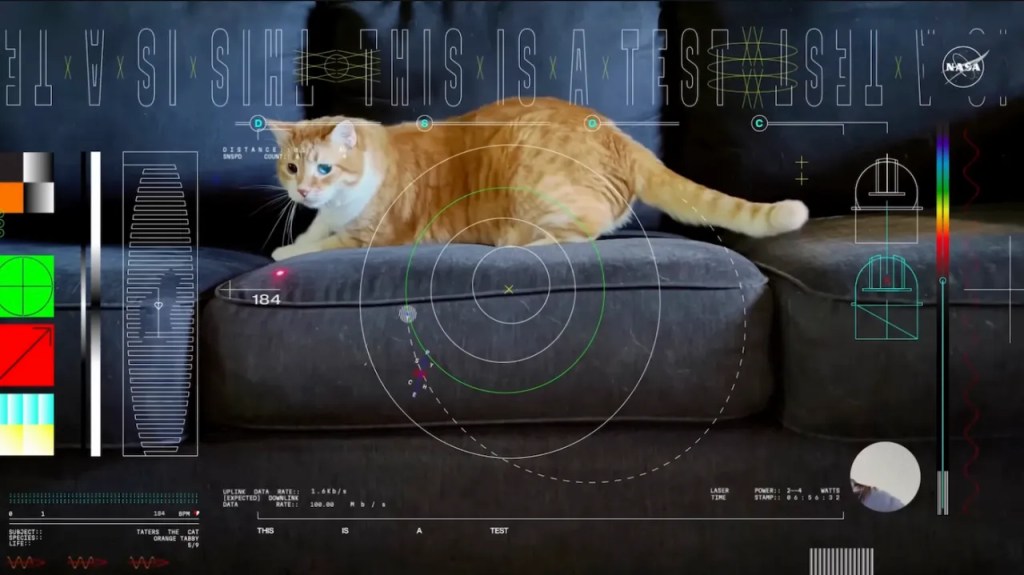
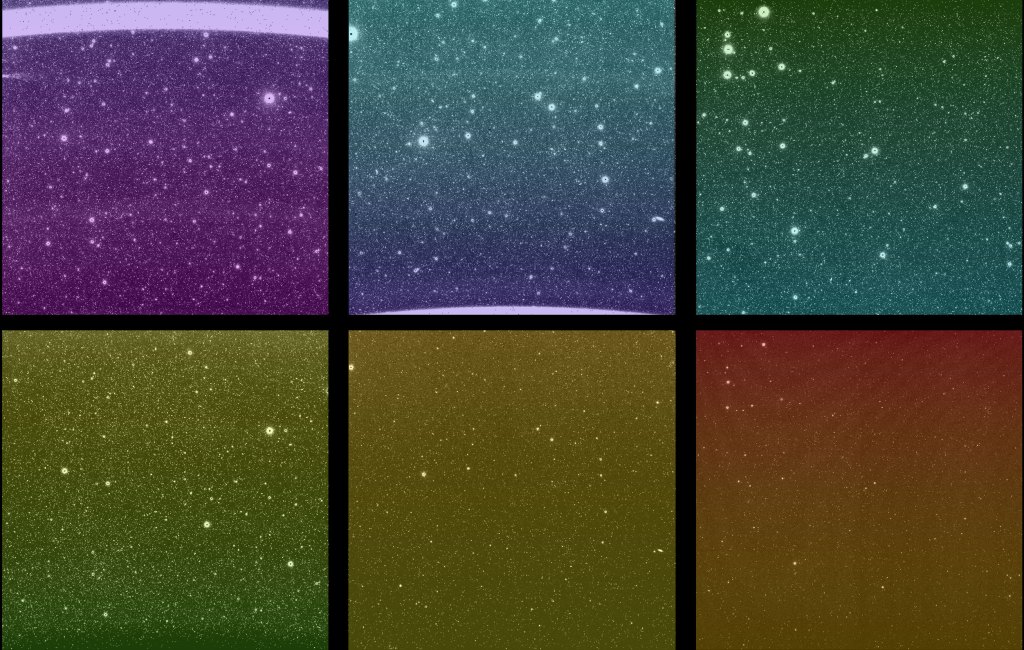


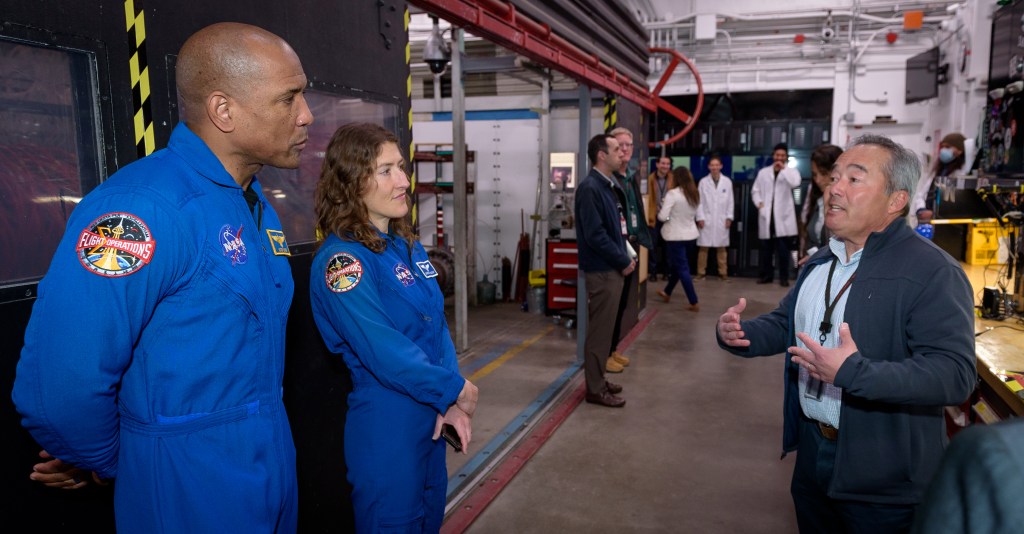












/quantum_physics_bose_einstein_condensate.jpg?w=1024)





